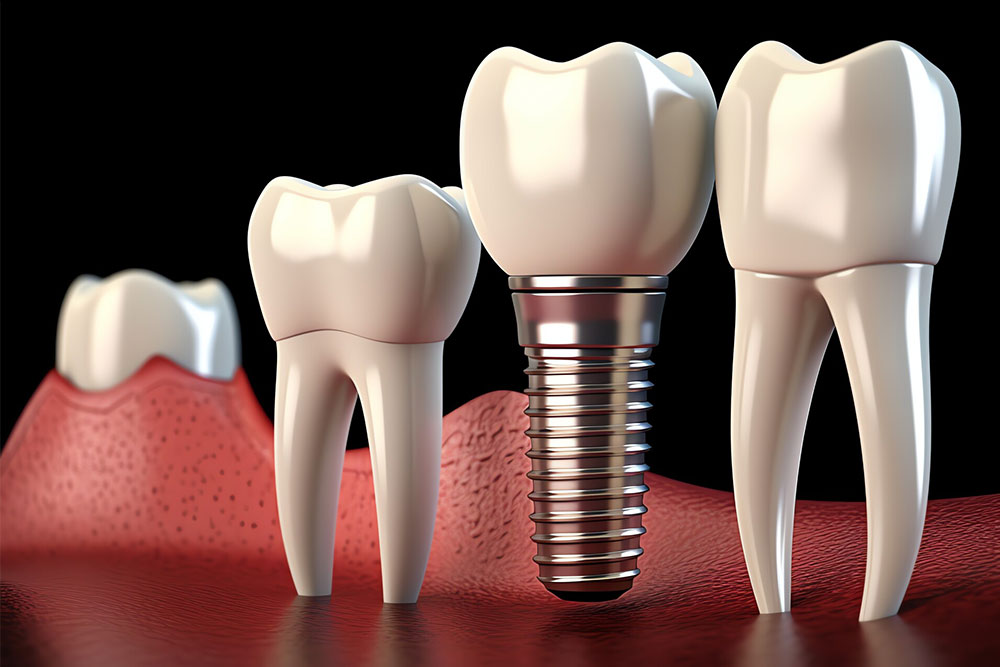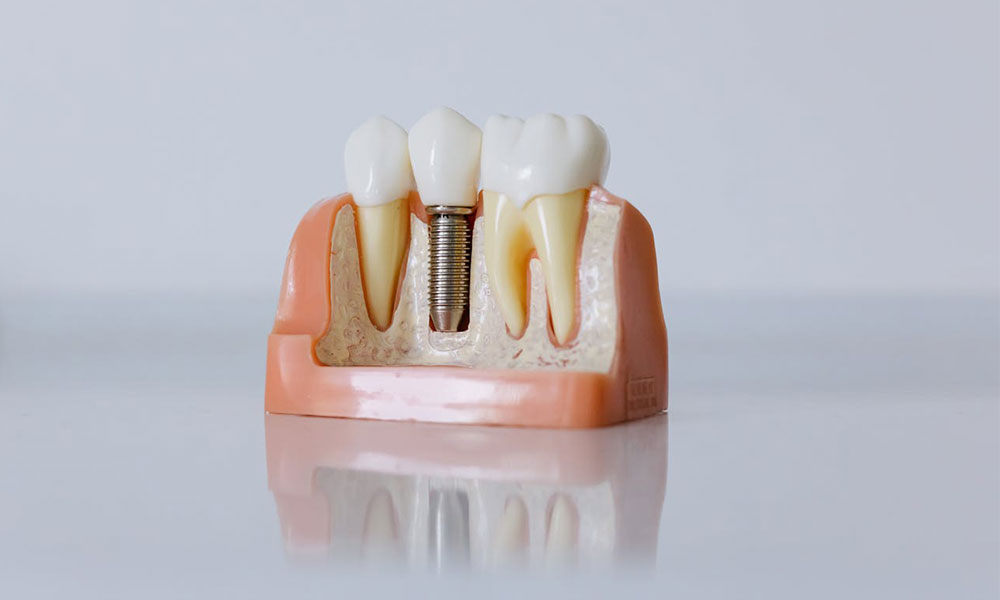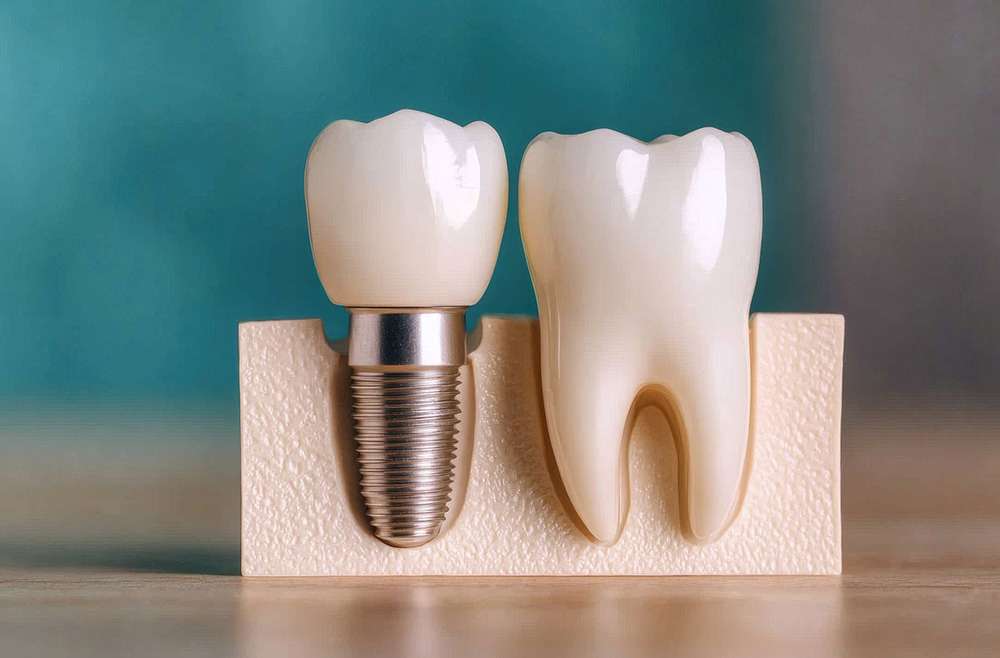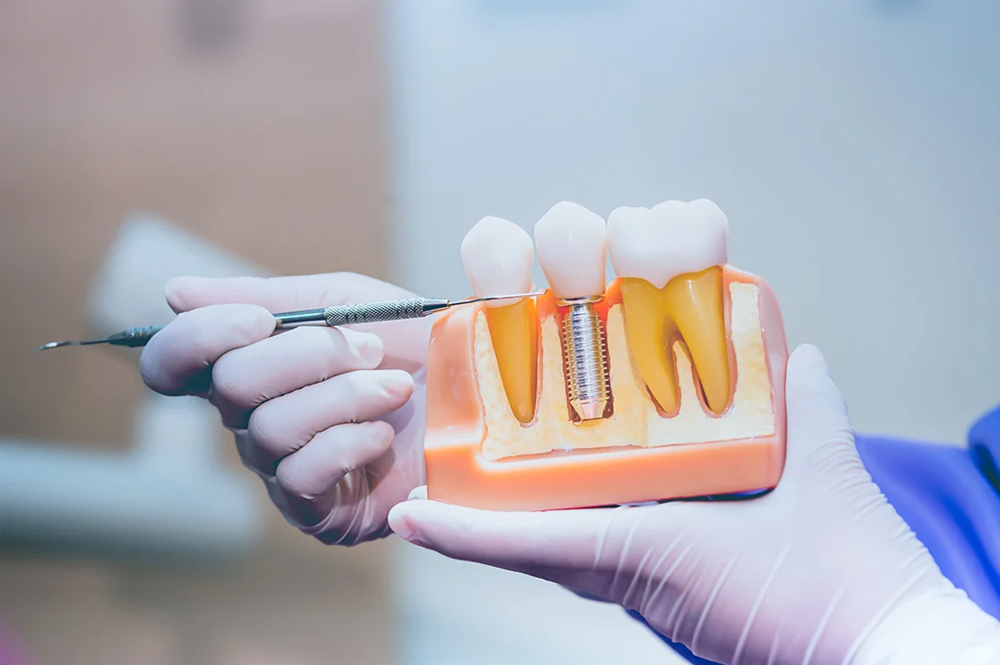Dental implants have rewritten what is possible after tooth loss, giving patients a fixed, natural-looking option that outlasts every other replacement. Yet even titanium and ceramic are not immune to everyday wear. Knowing how long an implant should serve you—and what habits can make or break that timeline—helps you protect both your smile and your bank balance.
How long should a well-placed implant last?
In routine cases, the titanium fixture anchored in the jaw commonly survives 25 years or longer. Many studies stop at the 30-year mark only because the original participants have aged out of the trial, not because the implants have failed. The porcelain or zirconia crown above the gum line does have a shorter working life—often 10 to 15 years—because it absorbs chewing forces and the occasional knock from a fork. When either the crown or the abutment wears out, they can be replaced without disturbing the integrated implant below.
If you are comparing options for dental implants Melbourne, those numbers offer real peace of mind. A removable denture may need total replacement every five to seven years; bridges last longer but still trail well behind implants. In other words, the upfront investment buys decades of function and appearance.
What decides whether an implant reaches—or exceeds—those averages?

- Oral hygiene – Plaque around the implant collar triggers peri-implant mucositis. If ignored, that inflammation creeps downward, causing bone loss that can loosen the fixture.
- Bone density at placement – Sufficient volume and quality are essential for primary stability and long-term load absorption.
- Smoking and alcohol – Both reduce blood flow, slowing the healing phase when the bone fuses to titanium.
- Night-time grinding (bruxism) – Repeated lateral forces are harder on implants than on natural roots cushioned by the periodontal ligament.
- Chronic illness – Poorly controlled diabetes, osteoporosis or an autoimmune condition can impair healing and maintenance.
- Surgical skill – Position, angle and depth determine how evenly chewing loads are distributed. Misalignment can set up micro-movements that undermine integration.
- After-care compliance – Regular check-ups flag minor problems before they escalate.
Because the dental implants cost Melbourne remains sizeable, every extra year of service translates into real savings.
Seven practical steps to add years to your implant
- Brush and floss with intent
Use a soft-bristled brush twice daily and run floss or interdental brushes under the crown margin. Powered brushes help where dexterity is limited. - Schedule professional maintenance
Your dentist will measure pocket depths, review X-rays and remove hardened plaque. Frequency depends on risk factors, but six-monthly visits suit most people. - Quit, or at least cut back on smoking
Smokers face up to a threefold higher risk of late implant failure. The tapering approach—reducing cigarettes before and after surgery—still improves outcomes. - Consider a night guard if you clench
A slim, custom acrylic guard cushions nocturnal forces. It is cheaper than replacing a cracked crown. - Watch the menu
Hard nuts, pork crackling and ice cubes fracture crowns and bend abutment screws. Enjoy them sparingly and chew on the opposite side when possible. - Keep systemic health in check
Balanced blood sugar, vitamin D within range and well-managed osteoporosis all support healthy bone around the implant. - Choose an experienced clinician
Skilled planning—often using 3-D imaging—minimises surgical surprises and precisely guides fixture placement. A quick online search for dental implants near me will return many options, but the practitioner with a proven track record is worth travelling for.
Counting the dollars over time
Patients often focus on the sticker figure, comparing the cost of dental implants with a partial denture or bridge. A fairer comparison divides that figure by expected years of service. Include the likely replacement of a crown every dozen years or so. In many cases, the long-term dental implants price works out on par with—or even below—alternatives once ongoing adjustments and remakes are added.
Be wary of advertisements for cheap dental implants Melbourne that appear drastically lower than prevailing quotes. Reduced fees sometimes reflect generic components, limited treatment planning or offshore laboratories. Saving a few hundred dollars up front can prove costly if complications mean extra surgeries later.
Materials matter, but care matters more

High-grade titanium forms a stable oxide layer that bonds seamlessly to bone. Newer ceramic implants aim to match gum colour, yet their long-term data remain under review. Whether you opt for titanium or ceramic, nothing replaces daily cleaning and routine professional checks. Longevity is a partnership between the material science built into the fixture and the discipline you bring to after-care.
The bottom line
Implants have the potential to outlive many of the everyday items we buy without hesitation—cars, televisions, even some mortgages. With consistent oral hygiene, regular dental visits and a few sensible lifestyle tweaks, you can expect a fixture to last decades and a crown to serve well beyond its warranty period. That prospect turns affordable dental implants into more than a marketing slogan; it becomes a realistic outcome based on value over time rather than just today’s invoice.
Frequently Asked Questions
1. How long will a dental implant last under normal conditions?
Studies tracking patients for three decades report survival rates above ninety-five per cent, and many fixtures placed in the 1980s are still functioning today. The titanium post fuses permanently with jawbone, so its service life is often limited only by overall oral health rather than by the material itself. Crowns above the gumline work hard and usually need renewing after a dozen years, but the underlying implant typically keeps going for multiple decades.
2. Which everyday hygiene steps matter most for protecting an implant?
Implants thrive on the same routine that keeps natural teeth trouble-free: two minutes of gentle brushing morning and night with a soft head, fluoride toothpaste, and floss or interdental brushes to remove plaque hugging the crown’s neck. Add a water flosser if your spacing is tight or your dexterity limited. An alcohol-free antimicrobial rinse helps during the first weeks after surgery. Consistency outranks technique; even flawless brushing loses effectiveness if skipped regularly.
3. Does smoking or frequent alcohol consumption jeopardise implant success?
Nicotine shrinks blood vessels and slows the early healing period when bone bonds to titanium, raising the long-term risk of peri-implant bone loss threefold. Smoking also masks gum inflammation, so problems brew unnoticed. Regular heavy drinking dehydrates soft tissue and interferes with bone metabolism, compounding the threat. Cutting cigarettes before placement and keeping alcohol to low-risk levels afterwards allow the body to deliver oxygen and nutrients essential for durable integration.
4. What effect does night-time grinding have on implants and how can it be managed?
Bruxism generates sideways forces far greater than those produced during ordinary chewing, and implants lack the shock-absorbing ligament that cushions natural roots. Over time, repeated clenching can loosen screws, chip porcelain or even fracture an abutment. If your partner reports grinding noises or you wake with jaw fatigue, ask your dentist for a slim, custom night guard. The appliance spreads pressure evenly, damping vibrations and sparing both the implant and opposing teeth.
5. How often should I see my dentist after receiving an implant, and what happens during those visits?
Most patients benefit from a six-monthly review, though the interval may shorten to three or four months if you smoke, manage diabetes or have a history of gum disease. At each appointment the clinician records pocket depths, checks bite forces, removes calculus with specialised tips and verifies stability on radiographs. Small shifts in bone height or tissue tone caught early are easier to correct than a late-stage infection or mechanical failure.


